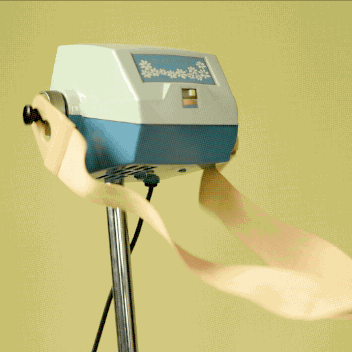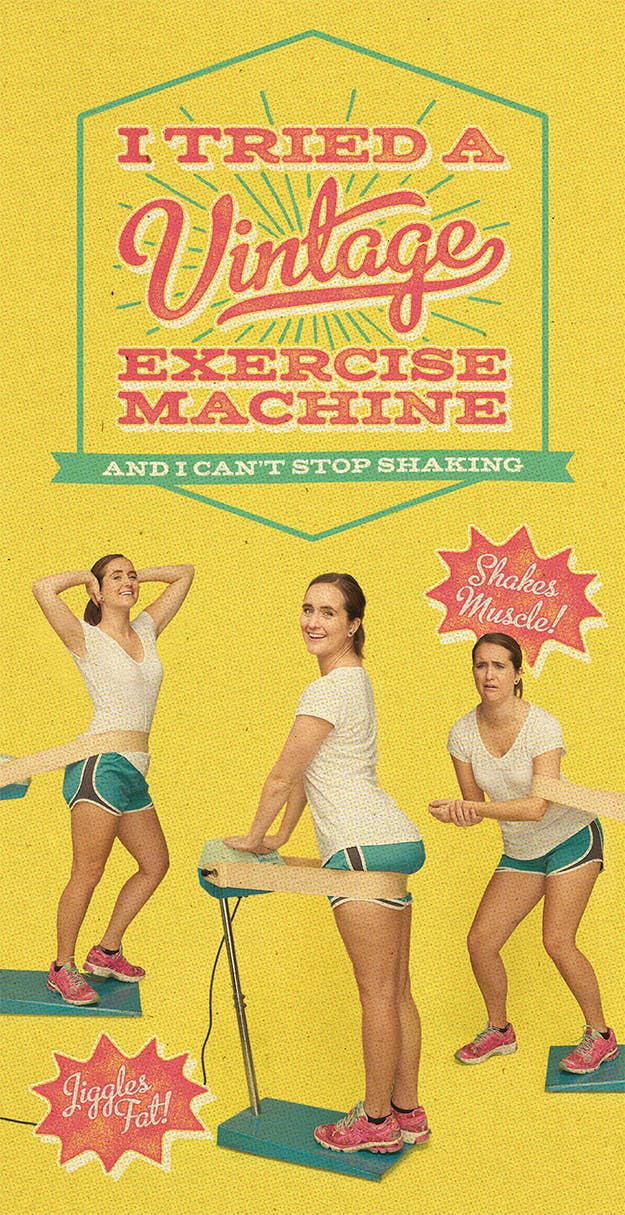
As a lazy person, the concept of passive exercise is very attractive to me. I’ve always had the goal of getting “fit” by “exercising” while scrolling through Twitter, but in my search for workouts that feature minimal exertion, I've come up empty.
Even beginner yoga was too high-intensity for me. So when I heard about Fat Melting Jiggle Machines, I had to try them. The only problem? They no longer exist.
Since the 1920s, vibrating “slimming” belts have continually popped up as exercising fads. Most gyms used to have an exercise belt machine, though heaven knows why, because this shit sucks. More on that later.
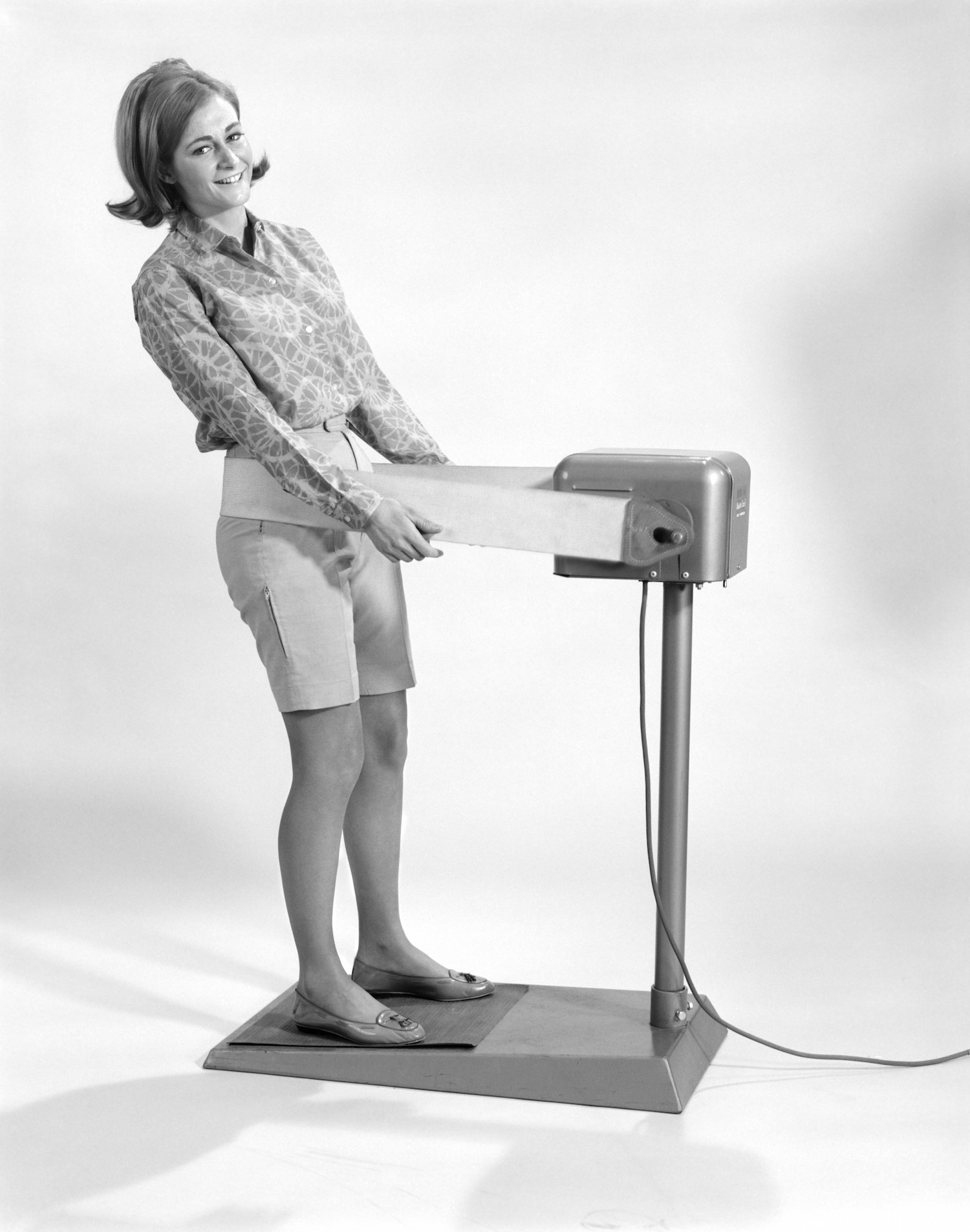
Fortunately you can still find vintage jiggler machines being resold at vintage stores, eBay, and Craigslist.
That's how I got my stout fucking fingers on the Queens-Aid Slimming Machine. Somebody in Williamsburg had one, probably as some sort of ironic conversation piece. I brought it home, and it was mine.
After fiddling with the plug for a few minutes, I finally plugged it in, and boy did this baby purr.
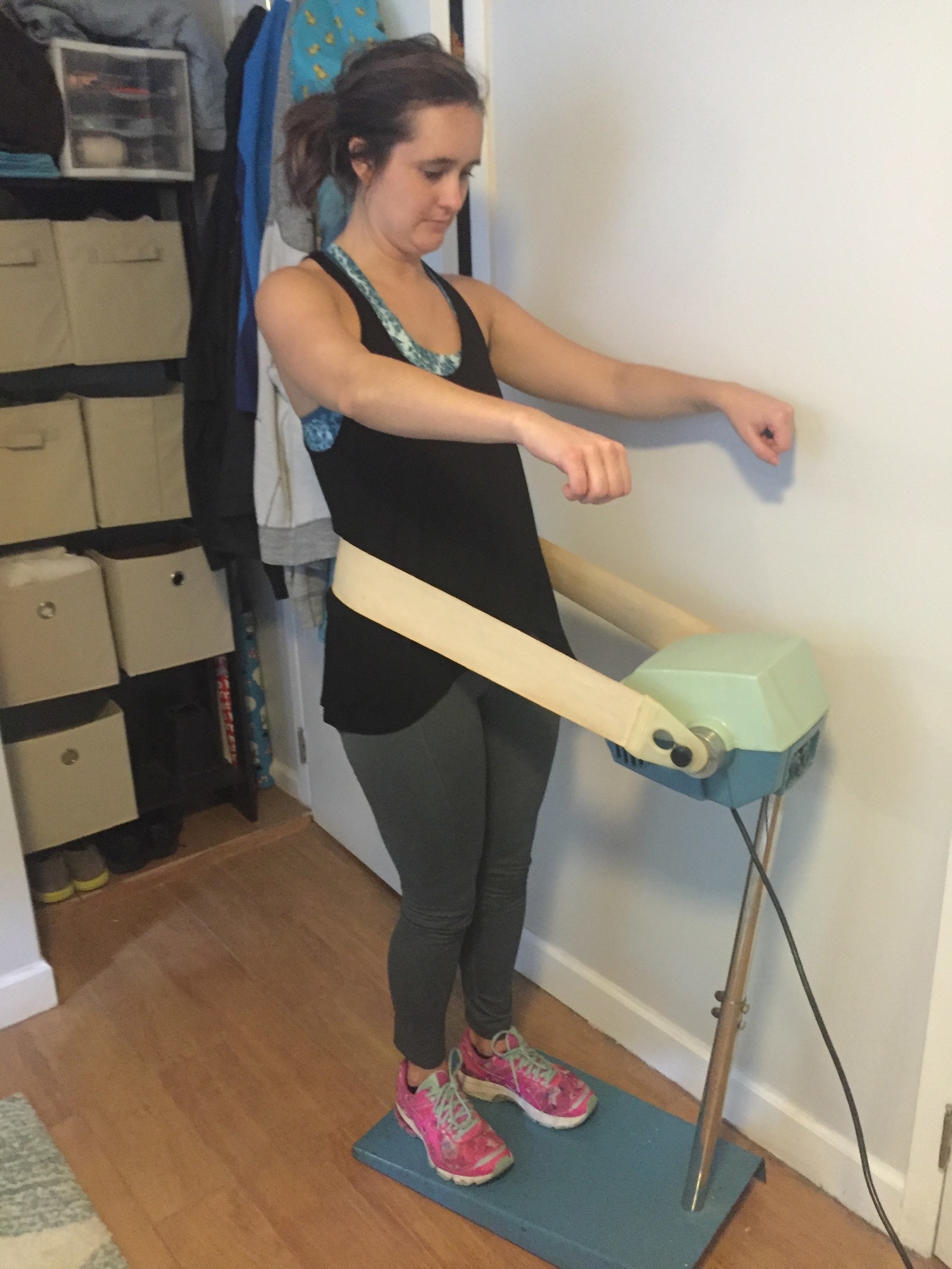
At first, I was hesitant to put the belt on. Was this thing even safe?
The machine violently shook. It was the kind of power I would look for in a vibrator, not an exercise machine. Nervously I put the belt on and let it shake various areas: stomach, thighs, arms. It felt weird, but not unpleasant.
It didn't come with a instruction manual, so I had to find old ads to figure out how exactly to use it. This particular machine appears to be far superior because it has two belts. But did it actually do anything?
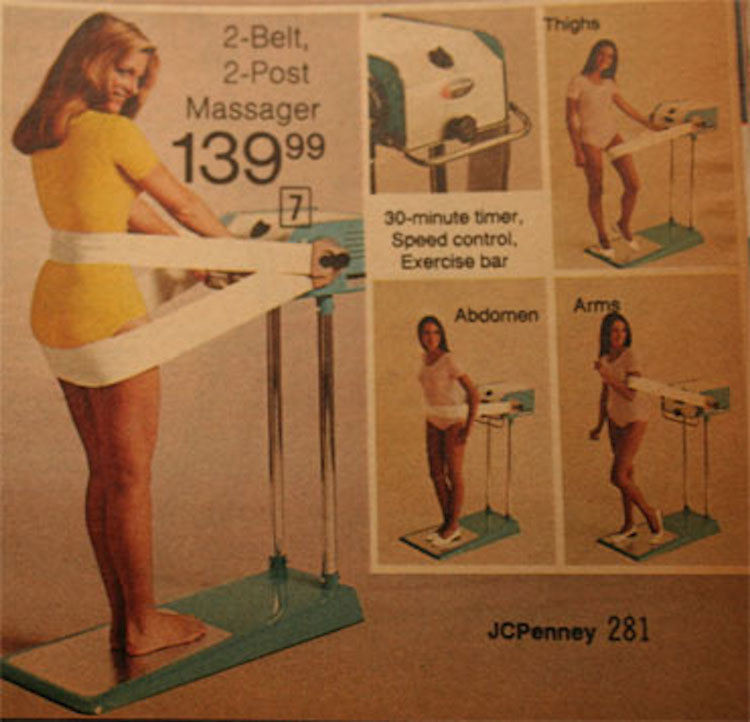
Here's how to use it: First, daintily place the belt around your body and turn your pseudo-fitness machine on.
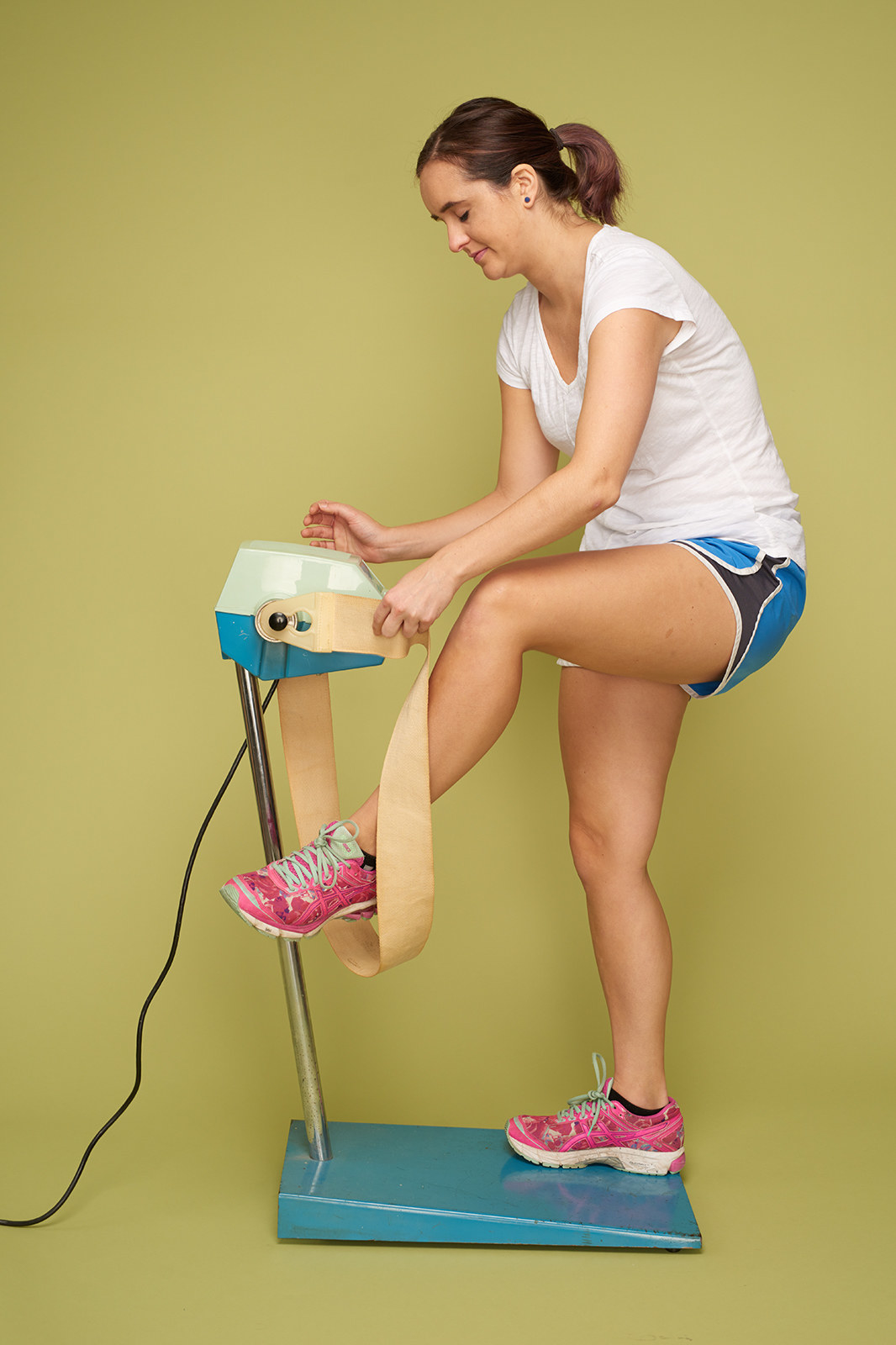
Place the belt around your bicep and shake until you are ready to wave at a beauty pageant.
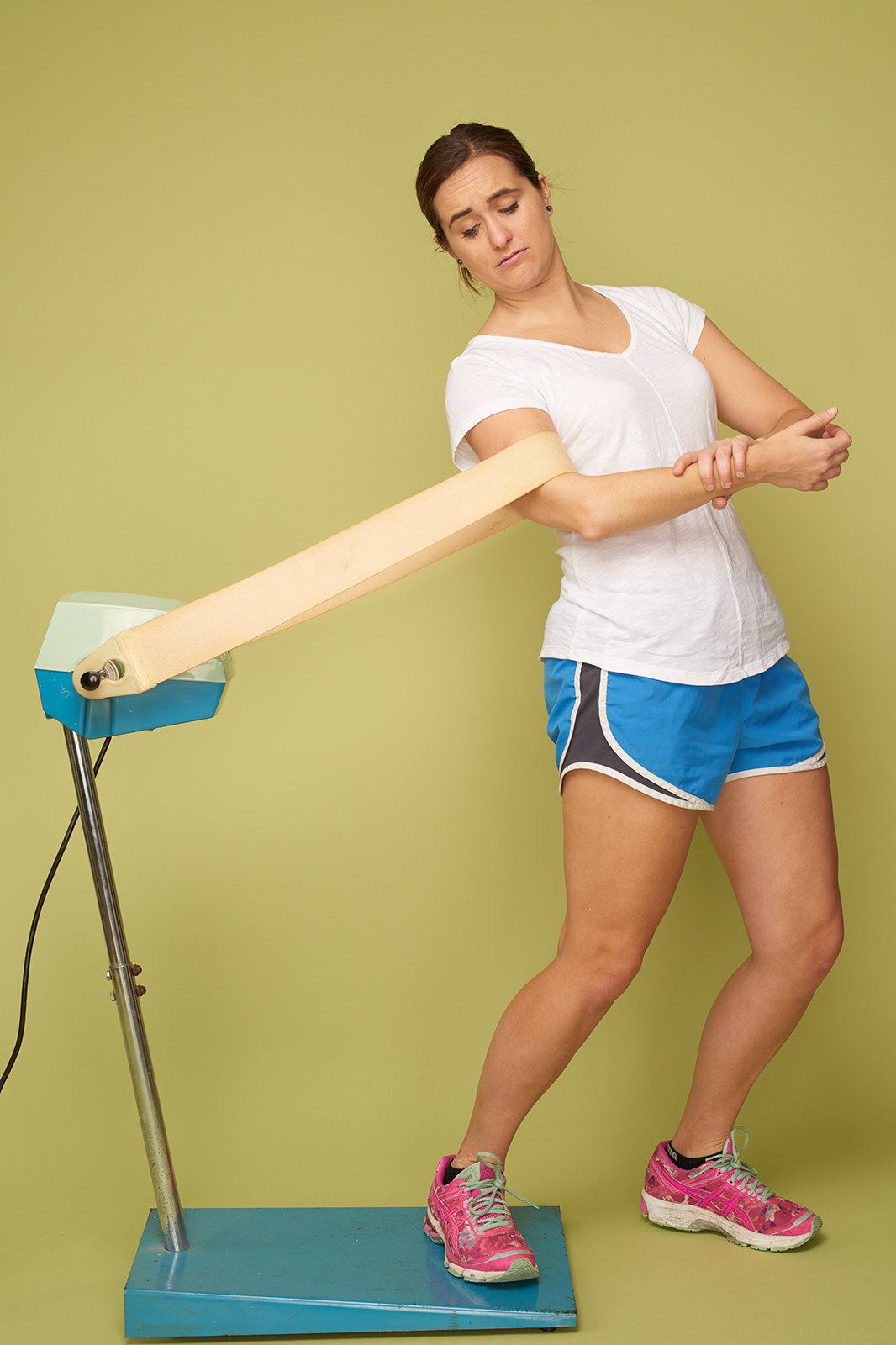
For a six-pack, put the belt around your stomach. DO NOT try this right after eating.



It's closer to shaking a six-pack of soda: Sooner or later, it's gonna explode.
You can also work out your butt by placing the belt and turning it on.
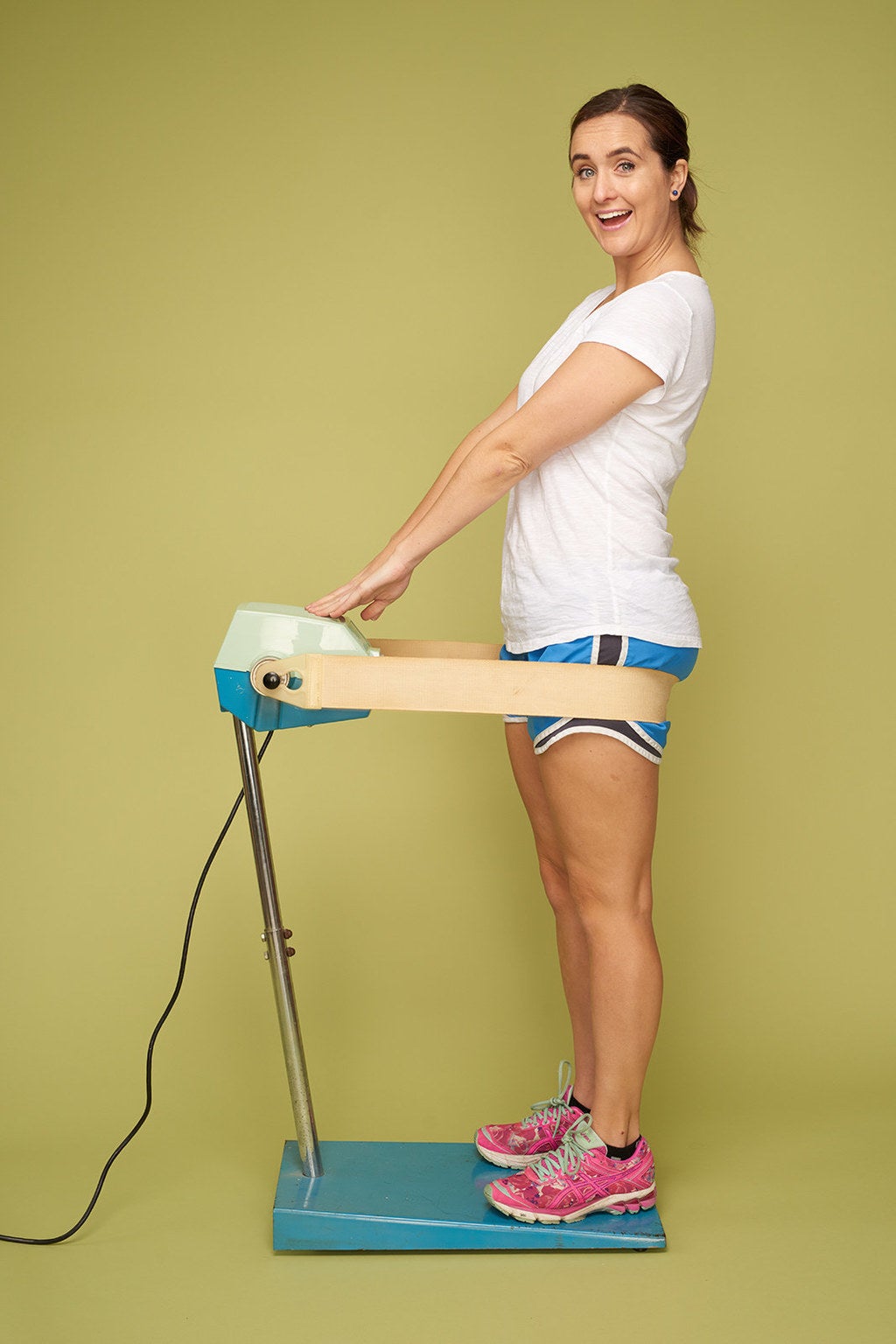

I quickly realized I wanted to keep what's left of my butt, so I only tried this particular exercise once.
In a moment of truth, I tried to scroll through Twitter while "exercising." It was a success — but I still was restricted from completing other phone tasks. The shaking made it far harder to throw Poké Balls.
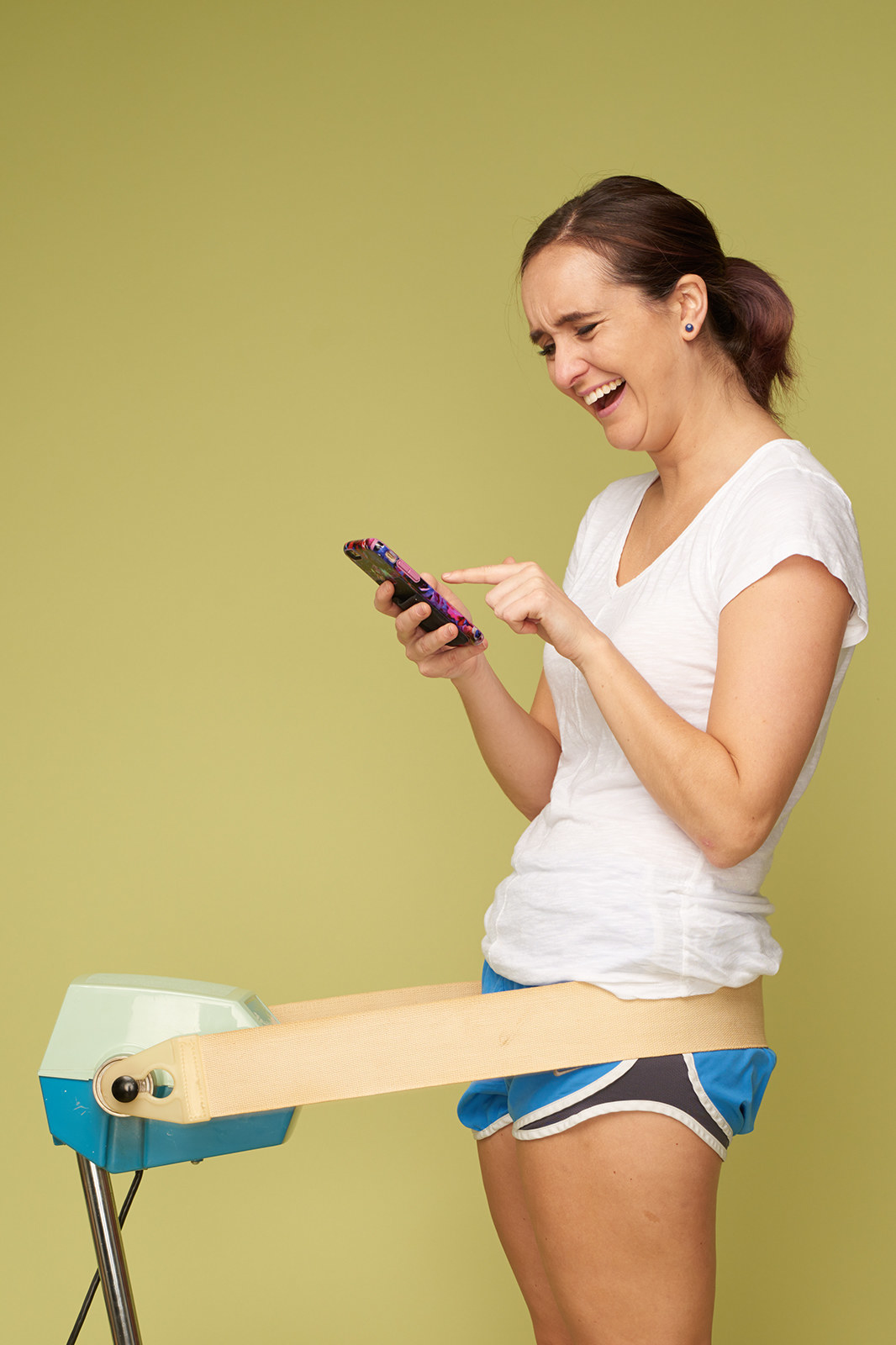
So did it work?

As recently as 2002, marketers were falsely advertising that vibrating belts like “Ab Force” caused weight loss and well-defined abdominal muscles.
In 2009, the marketers had to pay $7 million for exaggerating fitness claims to consumers. That's not to say vibration machines and their forefathers, like the one I bought, couldn't serve a different purpose. They were once thought to help improve bone density when coupled with exercise, but that claim is dubious at best.
I'm sad this "passive exercise" isn't a real thing, but if it were, I would really like it. Unfortunately, like most sad truths in life, if you want something (like a fit bod), you have to work for it.
Since the machine was essentially useless to me, I hoped it could serve another purpose. I tried shaking a martini, tossing a salad, and mixing paint.



On all three counts, the machine failed.
Remember to be skeptical of any "health machines" that claim to do all the work for you.
Trust me. It would have saved me $50. But at least now I have a great ironic conversation piece in my apartment.
